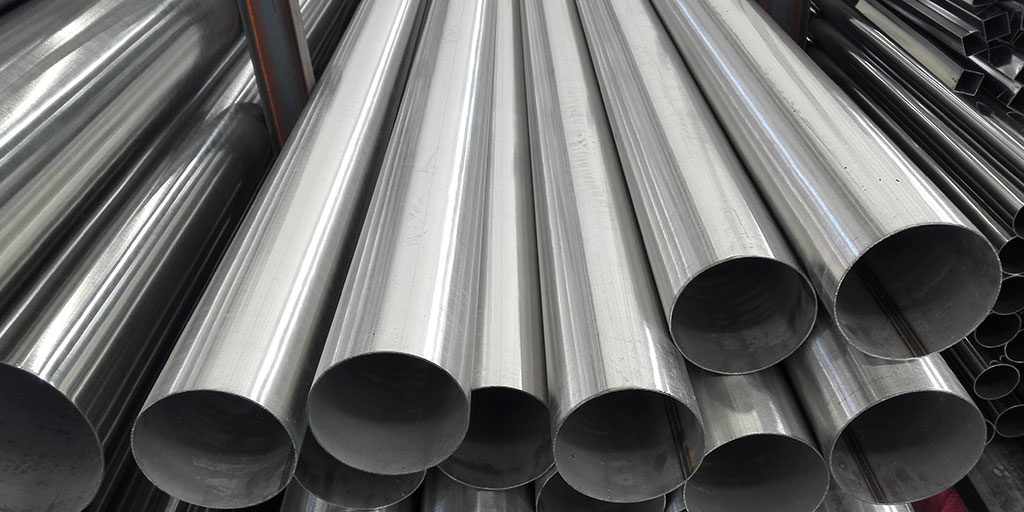Stainless Steel 304 vs 316 – Selecting the Right Grade
For materials that can resist corrosive environments, austenitic stainless steel are the best choice. The tube made of austenitic stainless steel is very resistant to corrosion. This is because it has nickel and chromium. The material is very much known for the different grades and each grade has different mechanical properties.
Stainless Steel of grade 304
The basic austenitic stainless steel is of Grade 304 and has chromium and nickel in high values. The amount of chromium ranges from 18 % to 20% and a nickel weighs between 8% and 10.5%. Other materials composed of this 304-grade stainless steel are manganese and silicon with iron forming the remaining composition.
The high corrosion restiveness of the 304 stainless steel is because it has nickel and chromium. Applications of stainless steel 304 grade are :
- Heat exchangers
- Home appliances
- Piping
- Fasteners
- Equipment to process food commercially
- Materials that can break down carbon steel.
Stainless steel of grade 316
316 and 304 stainless steel are of the same material composition. With high amounts of nickel and chromium, it has silicon in addition to carbon, manganese with huge amounts of iron composition.
316 grade of stainless steel has a chemical composition that is denser and holds molybdenum 2% to 3% when compared to 304 stainless steel. The higher amount of molybdenum percentage in 316 is because of higher corrosion resistance than 304. The higher percentage of molybdenum content in 316 helps resist corrosion more than 304 stainless steel.
316 stainless steel common applications are the following :
- Medical devices
- Marine surroundings with high chloride content
- Equipment for Refinery
- Equipment for chemical storage and chemical processing.
Grade 316 is better during the following conditions
When surrounding has a high concentration of corrosive elements like in the dishwasher or the marine application.
When a material has exposure to water or submerged in water.
This is most suitable when durability and strength are most required.
Used when a situation like nonmagnetic permeability is highly essential.
The main considerable points are to choose between 304 and 316 where formability and corrosion resistance is most important.
Things to consider while choosing the right grade:
- Application or generation of a material timeline.
- Phase in the process of transition
- Cost reduction by the basic material changes.
- Bad performance and adaptation.
The critical elements of the stainless steel are that it is
- Resistance to fire
- Resistant to corrosion
- Cost of life span
- Response to magnetic fields
- Mechanical strength
Resistance to corrosion
When choosing the grade it is important to know the environment in which the stainless steel product will be kept. Fundamental concepts of corrosion resistance are atmospheric conditions, the chemical concentration that comprises of acids and chlorides.
For environments that are less corrosive one can use the 303 and 304 grades. If the use of stainless steel is in a highly corrosive environment like acid and seawater or chlorine then grade 316 will be suitable.

